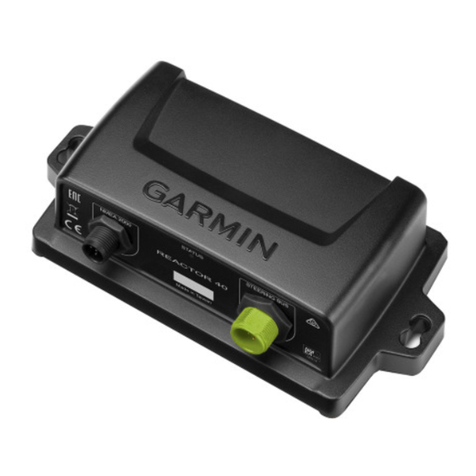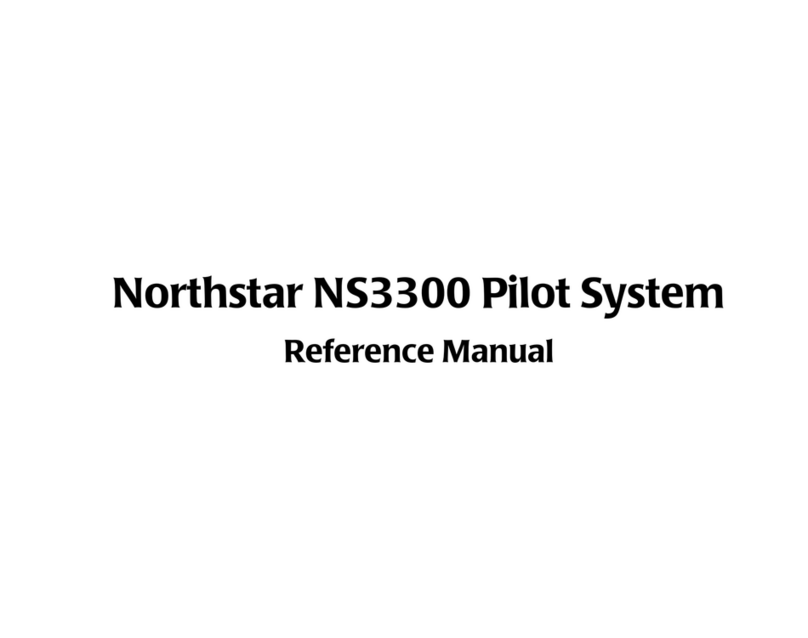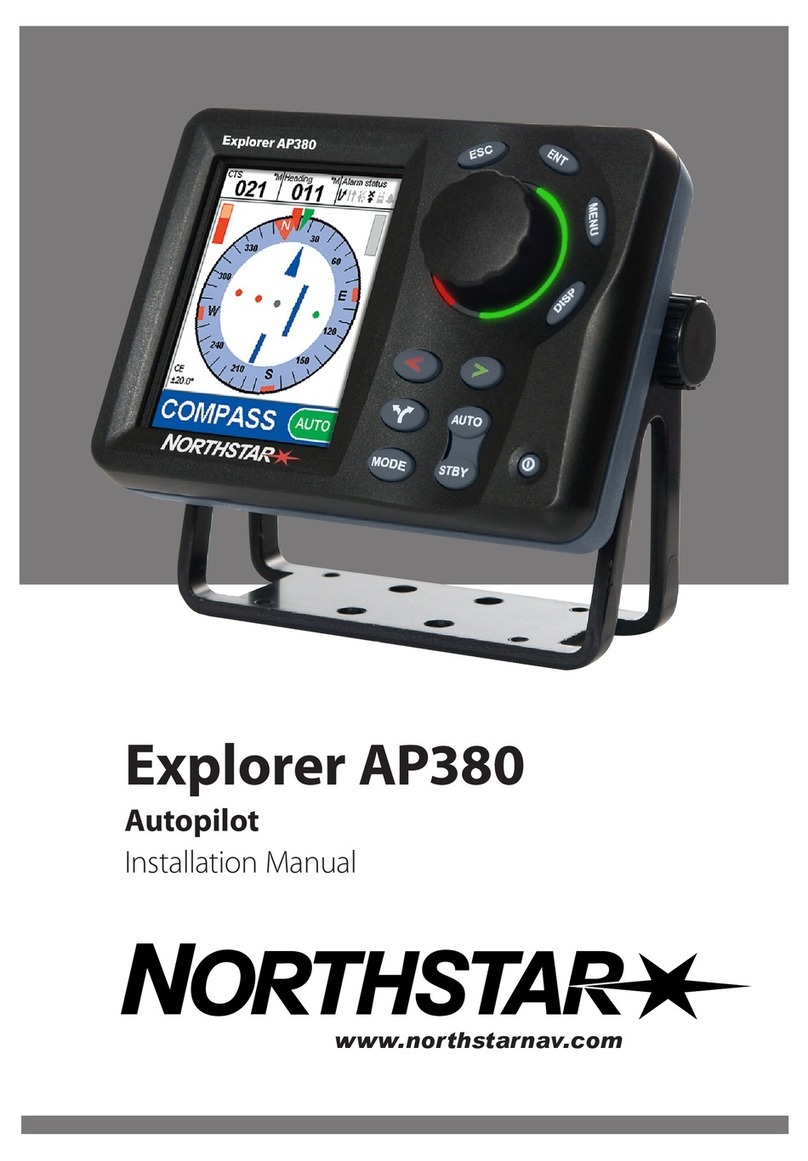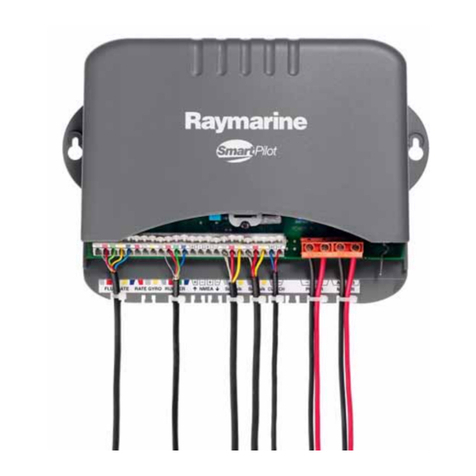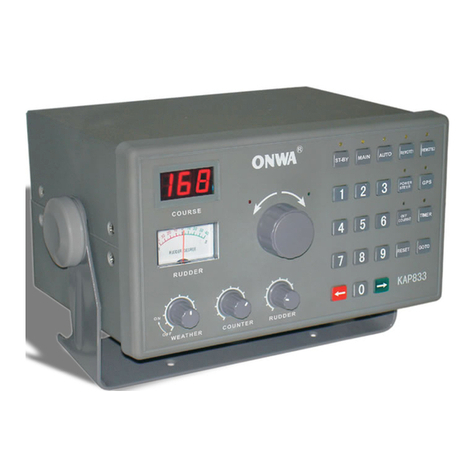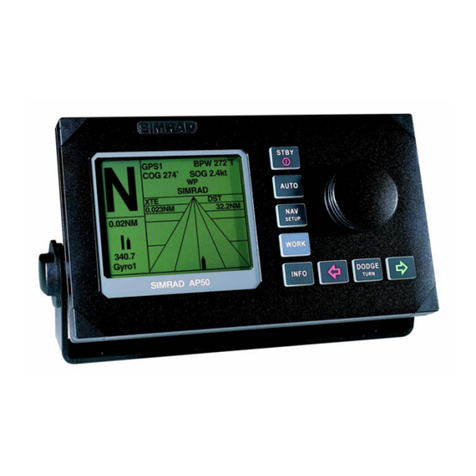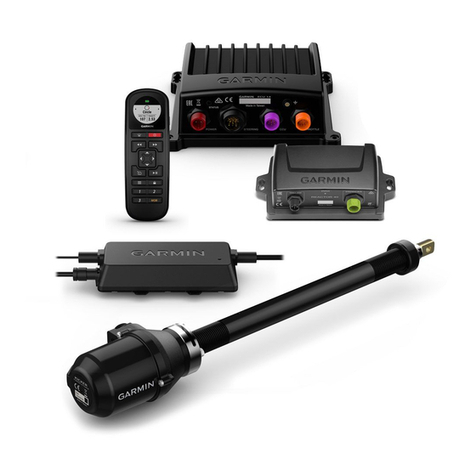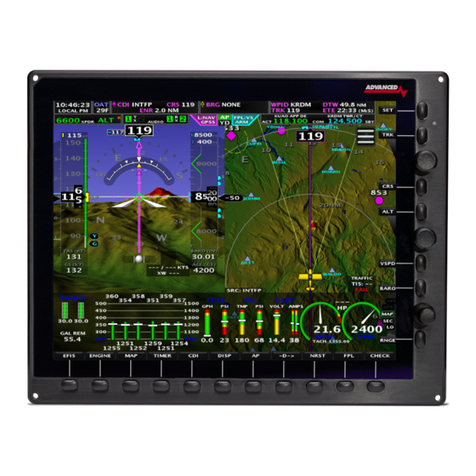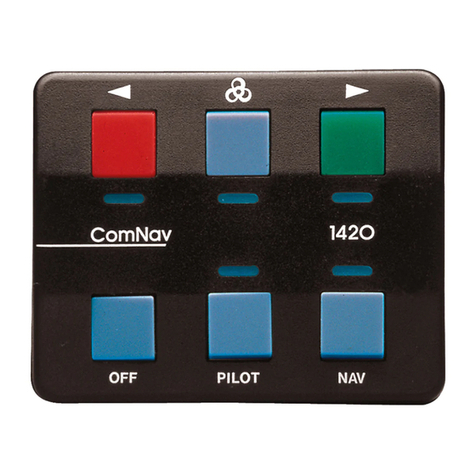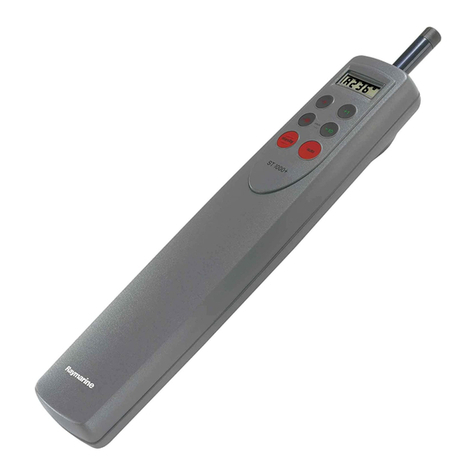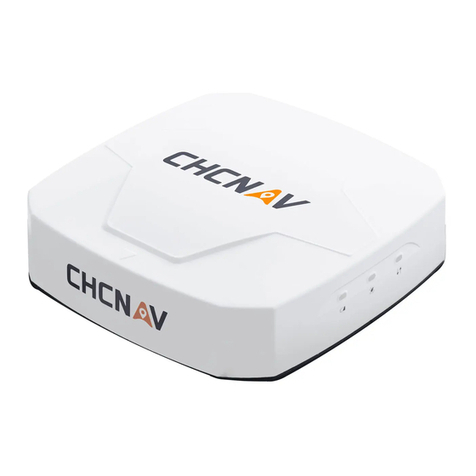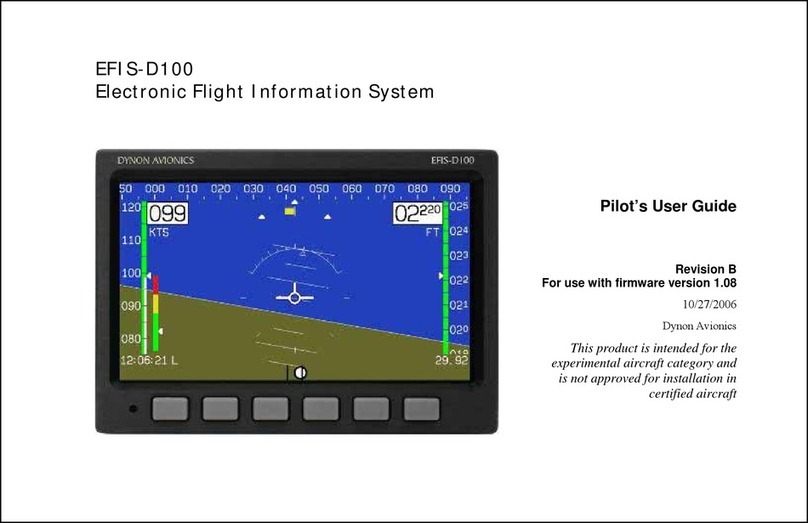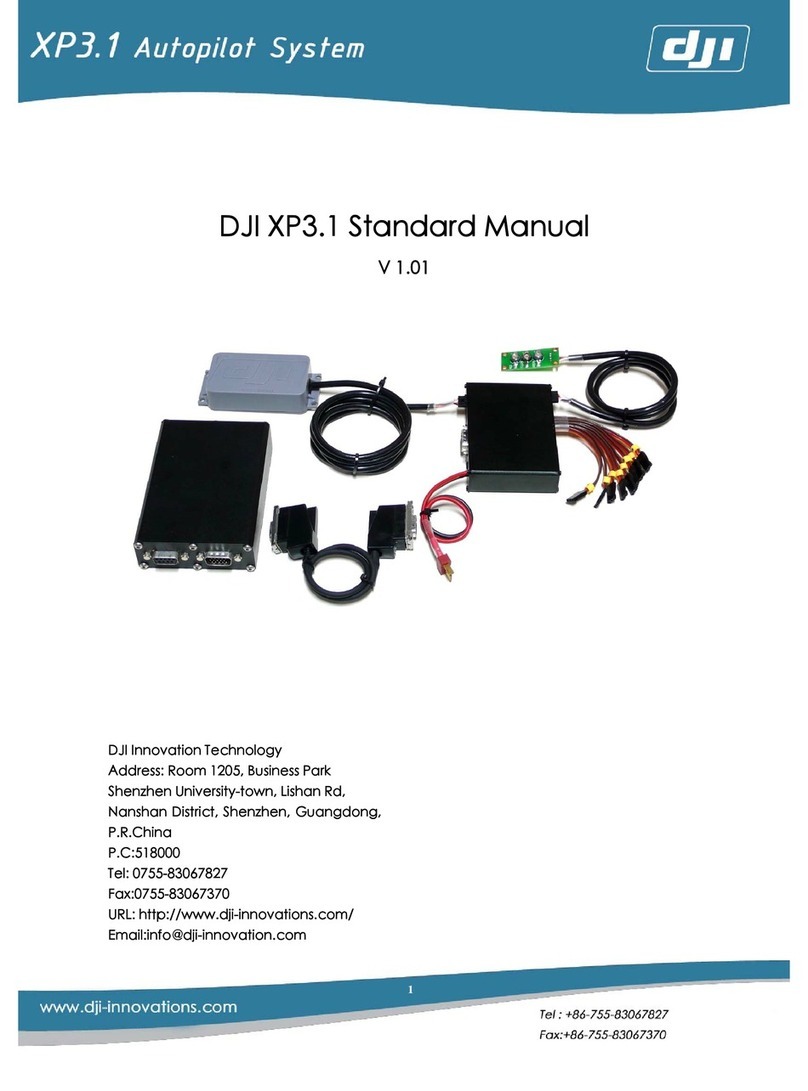
Aircraft Automation ECOTRIM Trim System
7 | P a g e
1.3 ECOTRIM Control instruction
Fig 1: ECOTRIM CONTROL
DIMMING SENSOR: As light stops to shine into the window, the control unit will go on
to make the LEDs dimmer for night flying.
HORIZONTAL LED ARRAY: The horizontal array will show the position of the roll/yaw
trim-tab. When the trim-tab is in center position, the LED will show at the center of
travel. When activating fly-by-wire, multiple lights are shown. Click on the red knob
once to go back to normal trim mode.
HORIZONTAL TRIM KNOB: Just rotate the knob to change roll trim-tab to the desired
position. Click once on the knob to center trim tab (take-off and landing). Clicking for
three continuous seconds will activate YAW, both for the red knob and the hat switch.
Click once on the red knob to go back to AILERON mode.
VERTICAL LED ARRAY: The vertical array will show the position of the pitch trim-tab.
When the trim-tab is in center position, the LED will show at the center of travel. When
activating fly-by-wire, multiple lights are shown. Click on the red knob once to go back
to normal trim mode.
VERTICAL TRIM KNOB: Just rotate the knob to change pitch trim-tab to the desired
position. Click once on the knob to center trim tab (take off and landing)
FLY-BY-WIRE JOYSTICK: If for any reason you need to control your airplane faster
(control disconnect, etc) the joystick can be activated. Click on the joystick once, now
you can fly your airplane by moving the joystick (right,left,up,down). CLICK ON ANY OF
THE TWO RED KNOBS TO CANCEL FLY-BY-WIRE.
EXTERNAL HAT SWITCH: Wires are provided in the standard wire harness to connect
your yoke/stick hat switch. By pulsating the switch in any direction you will be able to
do small trim corrections.
